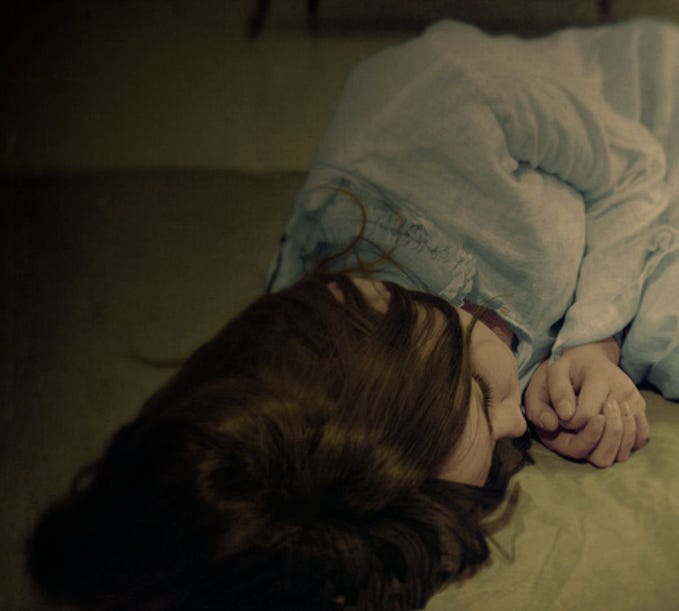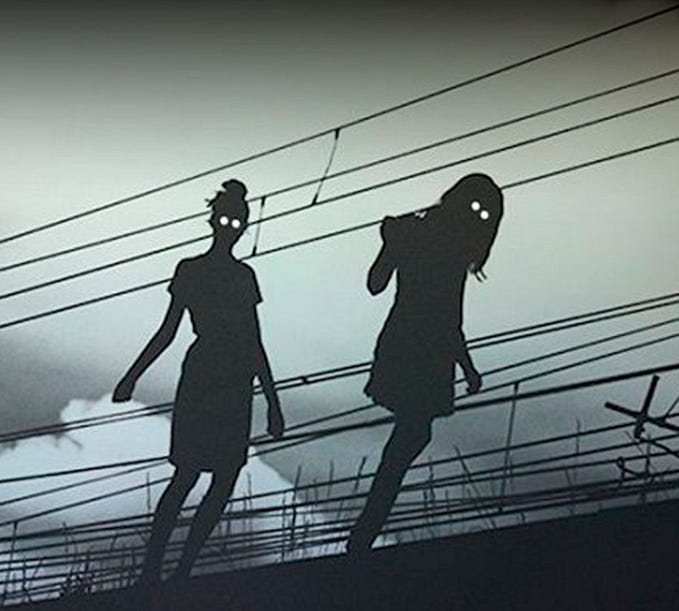The Cinderella benefit

Local Housing Allowance is a less often talked about and poorly understood benefit that has arguably seen more cuts and restrictions than any other over the past decade. With the announcement at the autumn statement that it’s going to be frozen for the third year running, thousands more households face the prospect of being unable to afford their rent.
Local Housing Allowance (LHA) helps people on low incomes meet the cost of renting in the private sector. When launched in 2008, it was set at the median rent in a local area, meaning half of all properties would be affordable to those on low incomes. In 2011 this was reduced to 30%, with further caps affecting the most expensive parts of the country. In 2012, the shared accommodation age (where the benefit only contributes to the cost of a room in a shared house) was raised from 25 to 35. Then in 2013 the link with rents was broken; LHA was now to be uprated in line with inflation, typically lower, rather than local rents. Finally, it was included in the benefit freeze lasting from 2016 to 2020.
To give a sense of the scale of the drift this created. When at the start of the pandemic, LHA rates were restored to the 30th percentile, the average two bedroom home uplift over the course of a year was worth just under £900. The equivalent of a whole month’s rent. And that’s the average, the impact of the break from rents was the most acute in areas seeing the greatest increase in rents over that period.
The impact of this can be seen at its most brutal extreme in the number of households presenting as homeless. At the start of 2010, there were just over 50,000 households living in temporary accommodation (accommodation provided by councils to homeless households). By the start of this year that number had nearly doubled, and included nearly 120,000 children. This is reflected in our data — over 20,000 people came to us for help with local authority homelessness services in the past 12 months, an increase of nearly 20% on the previous year. Often the choice for these households is stark — face a long term stay in temporary accommodation or move away, often from work and schools, to find somewhere affordable to live.
The decision to continue the LHA freeze, means the government is rapidly undoing the benefit of the 2020 uplift. In March 2020, after LHA had been frozen for four years, 64% of households relying on the benefit faced a monthly shortfall. As we approach the third year of the new freeze, 58% of households already face a shortfall (August 2022 data), and this averages out at just under £150 per month.
LHA is a poorly understood benefit but one we all need to pay more attention to. The government said it was committed to supporting the most vulnerable when it came to benefit uprating; not including LHA within that was a significant omission and one with potentially dire consequences for those who will be affected.








